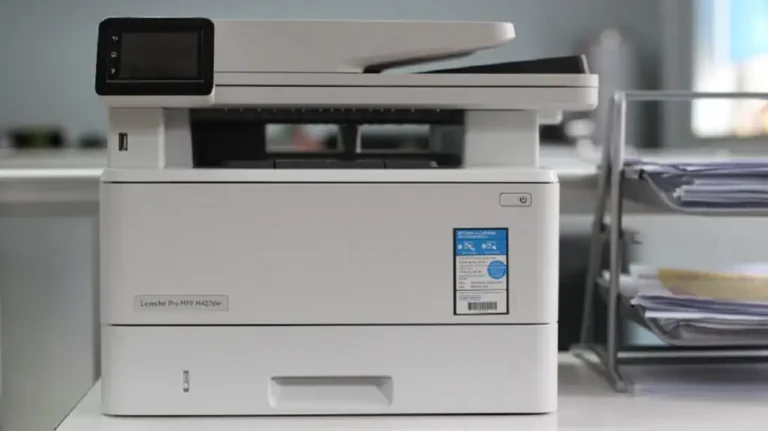As technology continues to advance and evolve in the world of printing, LED printers are becoming increasingly popular for those looking for reliable, efficient, and cost-effective solutions. But what exactly are LED printers and what benefits do they offer? We’ll take a closer look at the features and advantages of LED printing technology, so you can decide whether an LED printer is the right fit for your needs.
LED (Light Emitting Diode) Printers are a modern alternative to traditional laser and inkjet printing technologies. LED printers utilize a light beam, often generated by a halogen lamp or laser, to transfer an image onto paper. This technology offers several benefits compared to traditional methods, such as faster print speeds, greater durability, and generally easier operation and maintenance compared with laser-based models. Although LED printer technology is relatively new, manufacturers have invested heavily in designing models that deliver improved performance while remaining cost-effective. The debate of whether the top-rated laser printer is worth the additional investment often comes up when comparing them against their more established rivals. Taking into consideration factors such as size, speed, and output quality can help to settle any doubts and make an informed decision.
Additionally, commercial users may want to consider the environmental concerns that accompany different printing methods. For example, many environmental groups recommend the use of alcohol-free toner cartridges due to their low emission rates in comparison with other toners and inks on the market.LED printers are a great option for those looking for an efficient print solution that seamlessly integrates with existing systems. As businesses seek out more sophisticated models to accommodate their operations, identifying these advantages will help ensure that organizations get the most out of their investments. With this in mind, let’s explore further how LED printing technology offers tangible benefits over traditional methods.
Advantages of LED Printers
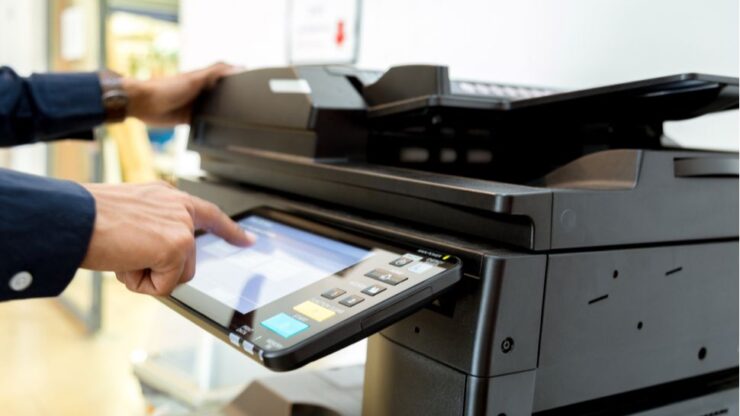
LED printer technology offers a variety of advantages compared to conventional toner-based laser printers. These include faster printing speeds and more precise color accuracy when used in conjunction with LED printheads. Not only can LED printers produce a larger range of colors, but they also have the ability to print on specialized media such as transparent or reflective use cases. Additionally, LED printers require less energy consumption and don’t generate hazardous fumes like lasers do, making them an eco-friendly option for businesses and home users alike.
By choosing LED technology instead of toner-based printing devices, you can save money by prolonging the life of ink cartridges which are more expensive than traditional laser print cartridges. This is due to the less frequent need for cartridge replacements as LED printheads often last several times longer than other types of printer heads. Furthermore, it results in improved job productivity since prints take shorter amounts of time – reducing wait times between job phases and resulting in quick turnaround on projects.
The advantages available with LED printers have made them an increasingly popular choice in both commercial and personal settings. By leveraging its printing speed, improved color accuracy, and environment-friendly features, it’s becoming easier than ever to choose a printer that meets the needs of any given project while still providing durable prints. With all this taken into consideration, it’s no wonder why LED printing has become so popular over the years. So now that we’ve discussed the numerous benefits of investing in an LED printer, let’s move on to analyzing how these benefits affect print speed and quality.
- The LED printer uses a stationary light source, as opposed to a laser printer which uses rotating mirrors. This makes them more cost and energy-efficient than laser printers.
- LED printers reduce print times since the lack of moving parts means they can act faster after being put in standby mode.
- As compared to Laser Printers, LED Printers produce higher-quality prints and use fewer chemicals during printing, resulting in less environmental waste.
Speed and Quality of Prints
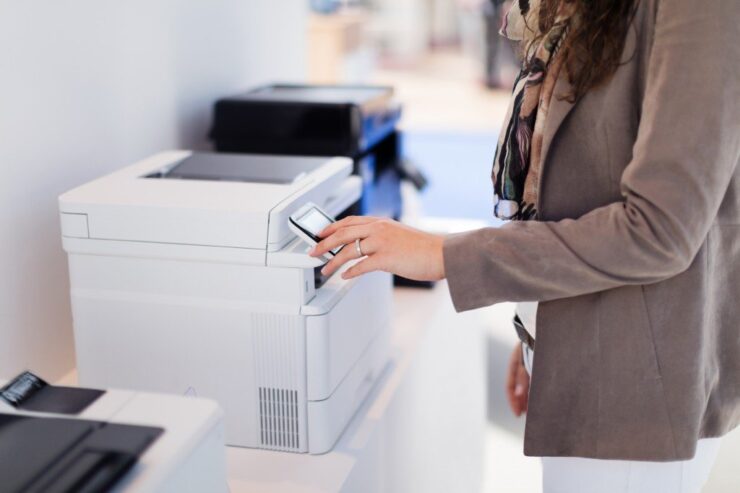
In the realm of printing technology, speed, and quality often go hand-in-hand. When it comes to LED printers, they are no exception to this rule either. LED printers offer very fast printing speeds when compared to other printer types, like inkjet printers, yet still, maintain superior print quality. Depending on the model and type of LED printer, sizes can range from tiny compact models that offer resolutions up to 1200×1200 dpi for high-quality prints, or large format LED printers that feature resolutions of 2400×2400 dpi for extra-high definition text and photo printing. The combination of speed and higher resolution helps to ensure that businesses receive higher-quality prints in less time, allowing for increased efficiency.
Additionally, LED printers generally produce less image noise and ghosting than other types of printers due to the way their heads move as opposed to other technologies like laser or inkjet technology. This also enables them to produce much sharper images than traditional printing techniques, giving users a clearer overall output without needing additional calibrations or having to tinker with settings. In addition to these benefits, LED printers have a tendency to be more reliable than other printer types; they have fewer moving parts which means they require less maintenance while still being capable of producing high-quality prints with minimal effort.
The advantages that LED printers present over other technologies should come as no surprise given their superior speed and quality of their output. There is no doubt that LED printing technology has revolutionized the printing industry in recent years and has become increasingly more popular amongst businesses large and small. With all these advantages in mind, it’s clear how cost-effective investment in an LED printer could be for both businesses and individuals alike –– a subject we will explore further in the next section.
Cost-Effectiveness
Speed and quality of prints are important factors to consider when discussing LED printing technology, but cost-effectiveness is certainly not one to ignore either. LED printers themselves are often more expensive than other types of printers, such as inkjet or laser models. However, the savings that come with using an LED printer may be greater in the long run. This is due to their lower running costs. Since LED printers utilize toner cartridges instead of ink, the ink doesn’t dry out like it can on inkjet models. This means there’s less need to replace toners and frequent maintenance – both of which can become costly over time.
Furthermore, LED printers also use less energy than traditional models, which helps to reduce electricity costs overall while being friendlier to the environment as well. Some early models did not have duplexing capabilities and this could drive up operational costs as users would print double-sided documents manually. However, most newer LED printer models come with built-in duplexing features so users don’t have to sacrifice efficiency for cost-effectiveness.
So although LED printers may have a higher initial price tag than traditional printers, their operating costs are far lower – making them an economical choice for those interested in optimizing their printing budgets over time. From cost savings to energy efficiency, there’s no denying the economic benefits associated with LED printing technology that makes it a viable choice for individuals and businesses alike. Now let’s take a look at the different types of LED printers that are available in the market today.
Types of LED Printers
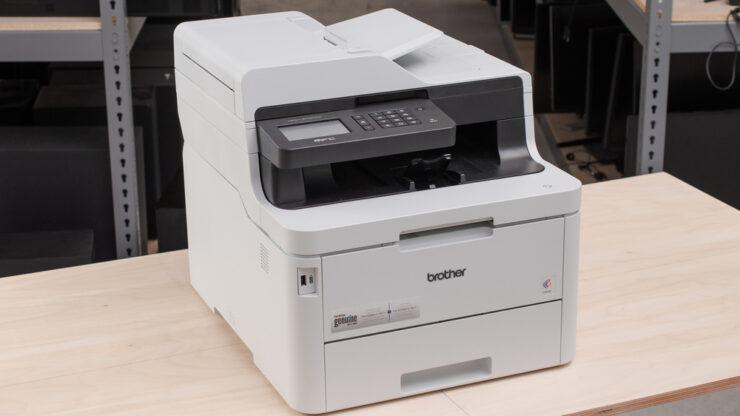
LED printers are a great option for those looking for cost-effectiveness in their printing solutions. But there is more to choosing the perfect printer than just its affordability. It is important to know different types of LED printers and which ones best meet your need. Most LED printer models are available in the either single or multi-color output. Multi-color LED printers allow for full spectrum printing and can produce incredibly vibrant colors. These have become increasingly popular due to their wide range of capabilities and affordability. Single-color LED printers are usually used for text-only prints, such as letters, handouts, and simple images.
Although they are less expensive, they often require an additional printer for any printing needs that call for more than one color. For optimum performance, inkjet print heads will be required with any type of LED printer you purchase. These are typically made up of specialized nozzles that spread a thin film of ink across the page when printing. Some manufacturers may offer non-inkjet alternatives but these generally are not as efficient or cost-effective overall.
LED printers have been gaining increasing popularity among small businesses, schools, and personal users alike due to their excellent performance capabilities at a low-cost point. With multiple color selections and detailed printing resolution, LED printers provide quality prints without breaking the bank. Now it’s time to turn our attention to a slightly different type of technology–namely inkjet printers–that many people rely on for regular printing needs. Like LED printers, these too have their own set of pros and cons worth noting before making a choice about which type to invest in.
1. Inkjet Printers
Inkjet printers are another great printing technology for both office and home use. Unlike LED printers that use light, inkjet printers release tiny droplets of liquid ink onto the page when printing. Unlike other technologies such as laser printing, inkjet printers are very significantly more cost-effective and produce decent print quality and speed. They also don’t require a complex system as all you need to do is insert an Ink Cartridge and an A4 sheet to get started.
On the other hand, while they are affordable, inkjet printers use a lot of ink which can escalate in cost over time. They aren’t suited to very high-volume printing and have poor image stability meaning colors fade with time if exposed to UV light or humidity. Furthermore, they also don’t offer suitable output for certain materials such as transparencies and coated paper stocks used in brochures and manuals. That being said, inkjet technology is still seen by many around the world as an effective alternative to LED or Laser Printing due to its affordability and convenience.
The fact that you can easily find replacement parts for it is also something great about it. With this in mind, it’s clear to see why people are still choosing inkjet printers despite their drawbacks. Having briefly explored LED and Inkjet Printer technology we can now transition into exploring the third type of printer available on the market – laser printing.
2. Laser Printers
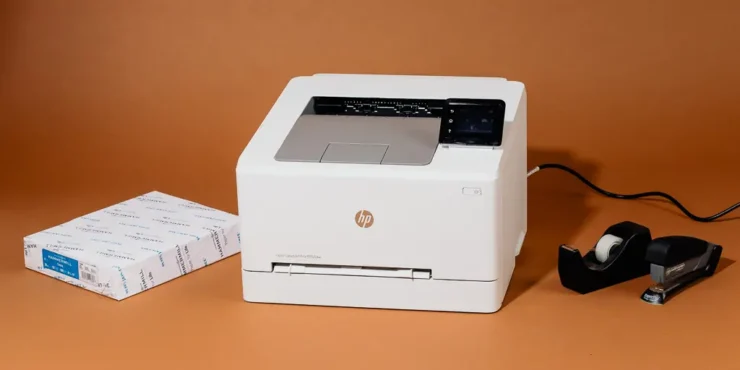
While inkjet printers significantly reduce the cost of printing, laser printers are the most economical choice for high-volume printing. Laser printers utilize toner, a dry powder ink composed of plastic particles and pigment, as opposed to wet inks used by inkjet printers. Laser printers have much higher printing speeds than inkjet printers and are capable of producing large volumes of documents with speed and accuracy. Moreover, laser printers do not clog or run out of ink as quickly as their inkjet counterparts, thus resulting in lower costs and fewer maintenance requirements.
In terms of print quality, laser printers generally produce sharper images than those printed using an inkjet printer, making them the preferred choice for documents such as resumes that require more detail and clarity. Furthermore, toner is smudge-resistant and will not fade easily over time like wet inks typically do. This makes laser-printed documents perfect for long-term storage, which can be beneficial for office professionals who need to keep hard copies on file for future reference. However, some contend that laser printers are expensive to maintain due to their high cost of toner refills.
Although toners found in refilled cartridges can be cheaper than buying a branded cartridge from the manufacturer, it’s generally less reliable and can cause malfunctioning issues within the printer itself if not properly installed. Additionally, to ensure the best printing performance from a laser printer, regular maintenance may be required such as replacing drums periodically or cleaning off the dust on lenses and mirrors inside the machine. Despite these possible pitfalls, laser printers remain essential devices in most offices or workplaces due to their unbeatable printing speed and overall cost-effectiveness when used in high-volume settings.
Common Questions and Explanations
1. How long do LED printer bulbs last?
LED printer bulbs typically last between 20,000 and 50,000 pages. This is much longer than the lifetime of traditional bulb-based printing technology at around 3,500 pages. LED printing is also energy efficient, using up to 40% less power than its counterpart. This helps protect the environment by reducing electricity usage and keeping operational costs low for businesses. Additionally, LED printers produce sharp, high-quality prints with low maintenance needs due to their durability and long lifespans.
2. How much more expensive are LED printers than other types of printers?
LED printers are typically more expensive than other types of printers, such as inkjet or laser. The cost difference can vary depending on the size and features of the machine, but on average, LED printers are about 20-30% more expensive than traditional printers. However, there are many benefits to investing in one, such as improved image quality, faster printing speeds, and greater energy efficiency. This means that although LED printers may be more expensive upfront, they could potentially offer cost savings over time. Additionally, they’re also often more reliable and come with longer warranty periods which could reduce costly repairs or replacements.
3. Are LED printer replacements expensive?
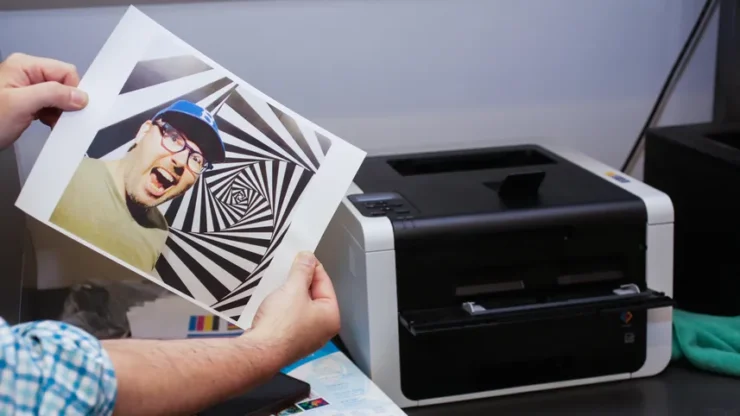
Replacement LED printers can be expensive depending on the type of printer you purchase. The larger and higher-end models can range in cost from several hundred dollars to thousands, while entry-level or consumer-grade models may cost less. There are many cost factors to consider as well, including which brand/model you choose to buy, and how many of the features it offers. Additionally, extra supplies such as toner cartridges may carry a significant additional cost. Ultimately, consumers looking for a replacement LED printer should weigh their needs against the cost of various models to find the best fit for them.
4. Are LED printers quieter than other types of printers?
Yes, LED printers are typically quieter than other types of printers. LED printers use fewer moving parts than other printer types, resulting in less vibration and noise when printing. For example, many laser printers require a fuser roller to transfer toner onto the paper, but with an LED printer a light source is used instead, which makes it much quieter. Additionally, since there are fewer parts that need to move within an LED printer, the overall energy usage of an LED printer can be significantly lower than other types of printers. This means that the printer will run cooler and quieter as compared to other types of printers.
5. What are the benefits of using a LED printer?
LED printers offer a number of unique benefits over traditional laser and inkjet printers. The main benefit of LED printers is that they are incredibly energy efficient. LED printers use far less power than either laser or inkjet models, which not only lowers energy costs but also reduces your overall carbon footprint. Additionally, LED printer cartridges are cheaper than either laser or inkjet toner cartridges, meaning you save money in the long run.
LED printers can also produce far sharper lines, subtle gradients, and finer details than either laser or inkjet models – making them ideal for graphics professionals who need to create high-quality images from digital artwork. Finally, LED printers have faster print speeds than either laser or inkjet printers. This means you can produce more prints in less time, allowing you to get more done without having to spend extra hours printing out documents. By using a LED printer, you can save both time and money in the long run.

